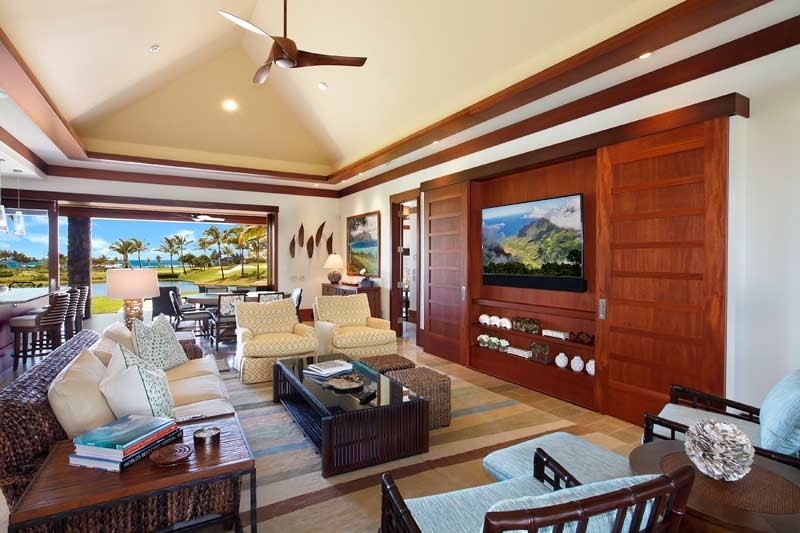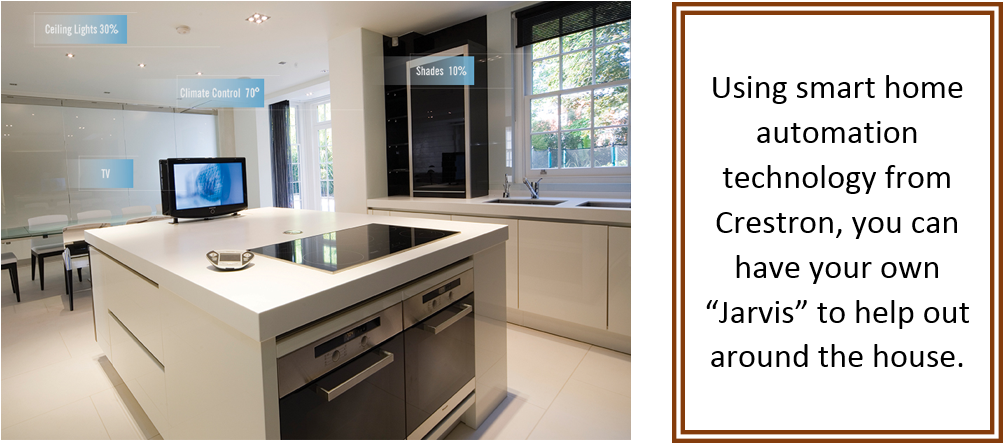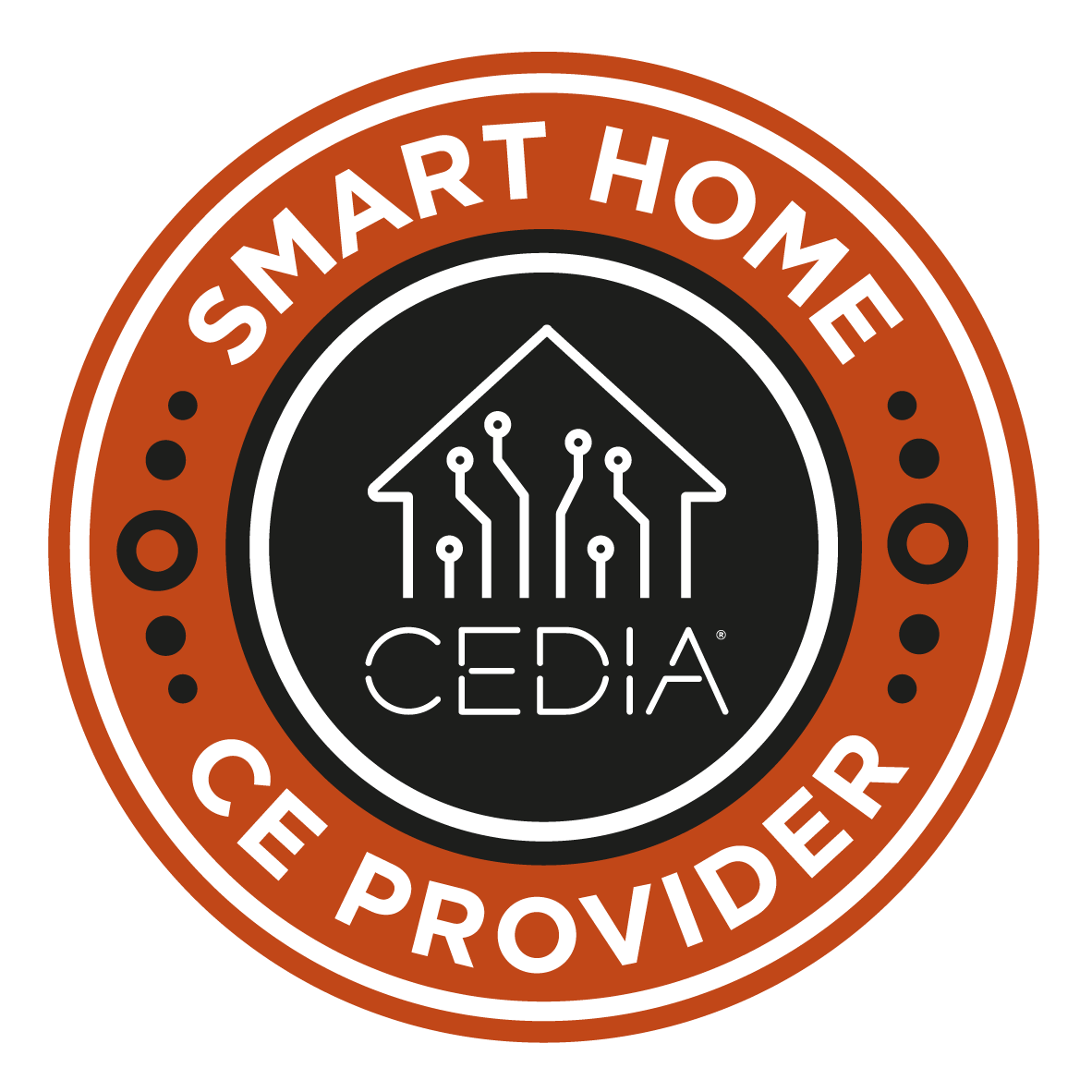Enhance the Beauty of Your Oahu Property with Smart Lighting
While the islands aren’t known for their big seasonal climate shifts, summer is still the perfect time to get out and enjoy all the natural beauty Hawaii has to offer.
Getting out and spending some time in the sun is a blast – but the fun doesn’t have to end when it sets.
Instead, why not make your summer nights special with outdoor cookouts, movies under the stars, and quality time with your property’s backyard and pool areas.
To make it all possible, it may be time to invest in advanced landscape lighting technology. Want to find out more? Keep reading.
See Also: Want a 4K Home Theater System?
Types of Fixtures
Landscape lighting is designed to work within a space, not dominate it with clunky components. That’s why many outdoor lighting fixtures are discreet and easily hidden within the natural foliage.Many systems feature simple, directional lighting that help highlight the areas that you want to showcase. Some can be installed under stairs or along walkways to accent the existing look of your perfectly maintained backyard.
You can also install fixtures within your pool for added safety and beauty.
Connecting to Your System
Landscape lighting may exist in the backyard, but that doesn’t mean you have to re-learn how to control everything.Most systems integrate seamlessly into your current smart home control ecosystem, allowing one-touch commands for every fixture – indoor and out.
Plus, when you integrate with a smart home system, you can set timers, combine controls, install sensors and other smart features that make using your lights a breeze.
Environmentally Friendly
Most modern outdoor lighting fixtures feature LED illumination. Those are beneficial for many reasons.First LED are much more energy-efficient than their incandescent or fluorescent counterparts. They use up to 80 percent of the energy used to light them – unlike the other two which burn off most of the energy as heat.
Due to this, LED can last up to 11 years under normal use. Plus, LED lamps’ less frequent replacement and recyclable materials means you won’t have to worry about your system’s environmental friendliness.
Exploring the Capabilities
When you add landscape lighting, you don’t just enjoy more lights. You can get the most out of your property and craft a uniquely beautiful look.From arranging the lights in a beautiful, layered way that accentuates the parts of your yard you love, to adjusting the hue of your LED fixtures for a simple splash of color, there’s plenty to love about learning to use your system.
Want to learn more about landscape lighting? Reach out to us here, or just click the button at the bottom of your screen to chat with a real person right now!


















